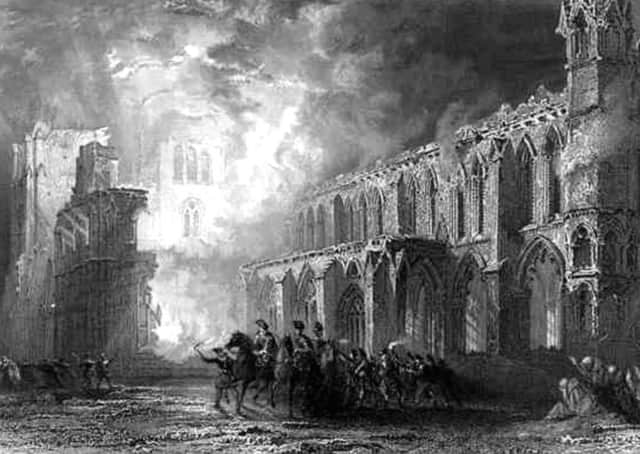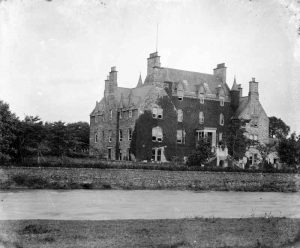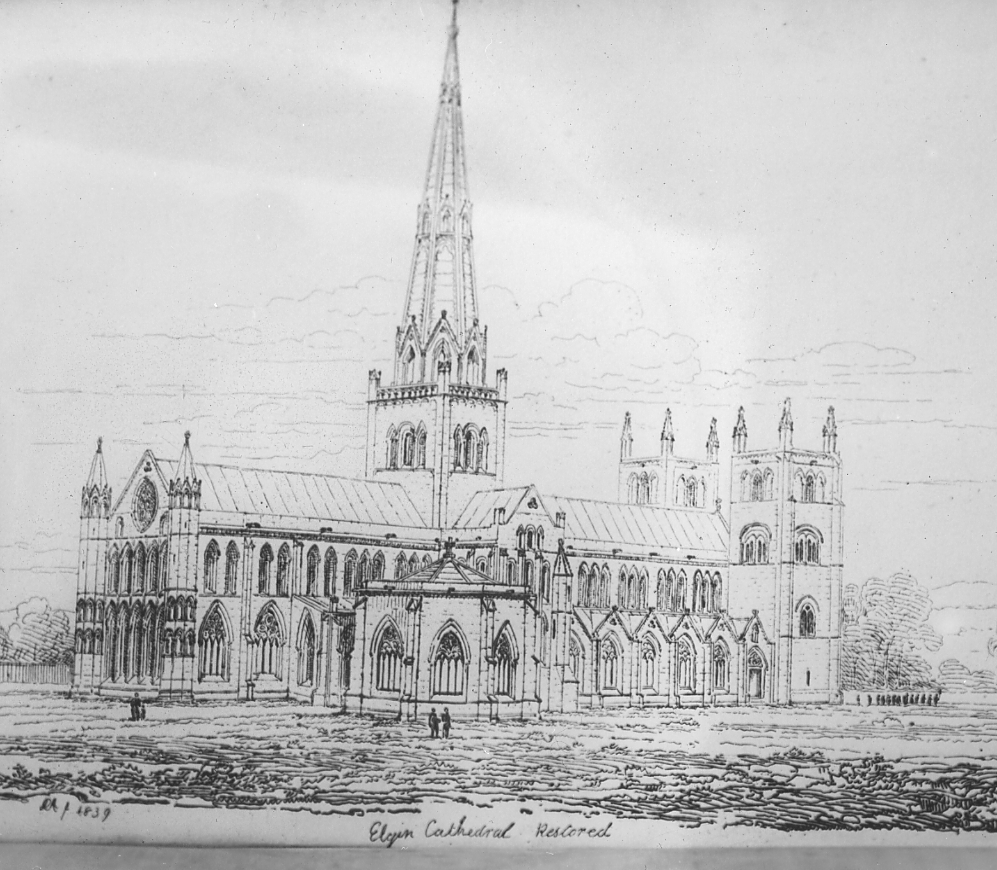Moray was without doubt one of the most important regions of Scotland from early times, with the county town of Elgin becoming a place of great influence. The surrounding forests and rich plains became the favourite destination for early monarchs to enjoy prolific hunting grounds. In the early 1200s, the town was established as the main episcopal seat for the local bishopry … and so arose the magnificent cathedral which became the architectural pride of Scotland. Elgin became a seat of culture in the North, with merchants, farmers, fishermen, weavers and brewers bringing significant standing to the community. Moray was seen as both the garden and the granary of Scotland but this also led to inevitable rivalries between the various powers of the day … with the following centuries seldom failing to leave their mark on the town.
Local history definitely seems to place primary blame on the Wolf of Badenoch, Alexander Stewart, for the decimation of what is often referred to as the Lantern of the North … but the onslaught of vandalism was not confined to one moment in time. It was allegedly occupied by Edward of England in 1296, burned by the Wolf of Badenoch in 1390, raided by Alexander of the Isles in 1402, put on fire by the Earl of Huntly in 1452, damaged by the Reformers involved in the Montrose campaigns, occupied by Cromwell’s troops during the Jacobite struggles and visited by both Charles Edward and Cumberland before the infamous Battle of Culloden. It’s a wonder any of it has survived! It is interesting to note that the final misfortune befalling this splendid structure, which was rebuilt and extended several times over the centuries, came from law enforced by new authorities created during the Reformation. The Earl of Huntly was ordered to arrange for the lead to be ripped from the roof and sold to the highest bidder. It’s ironic that the ship commissioned to transfer the lead cargo to Holland sank just outside Aberdeen harbour. The Cathedral soon fell into complete disrepair and when the central tower finally collapsed to the ground in 1711, the stone fragments were quarried for local buildings – a sad end to such a celebrated feat of architecture.
So it seems our fearsome Wolf, however much he abused his power to maintain a rule of terror across much of the Highlands, was not the sole tyrant to do damage to our local antiquities. His deadly rampaging was only one of several attacks leading to the eventual decline of the Cathedral. The Wolf himself will forever be remembered as both a cause and a symptom of the regional disorder of the 14th century but, for the folk of Moray, the vicious rampage from his stronghold at Lochindorb down through Forres, Pluscarden and on to Elgin will remain his wildest deed. Mind you, I’m still looking into the history of this notorious character … and it seems he may not have always been the tyrant he’s been made out to be …
Reminders of these centuries old stories are visible today in our daily surroundings. The name Badenoch is Gaelic for ‘drowned lands’ and gives its name to the region ‘Badenoch and Strathspey’ – there’s even a limited edition 12 year old malt whisky from Kingussie which boldly bears this historic name. Closer to home, we have the carefully restored and refurbished Badenoch’s gastropub right on the High Street … I wonder if the ill-tempered Wolf and his marauding men passed along this very route as they made their way to wreak havoc on the Cathedral …
Thanks again to local author, Jenny Main, and friends at Elgin Museum.


